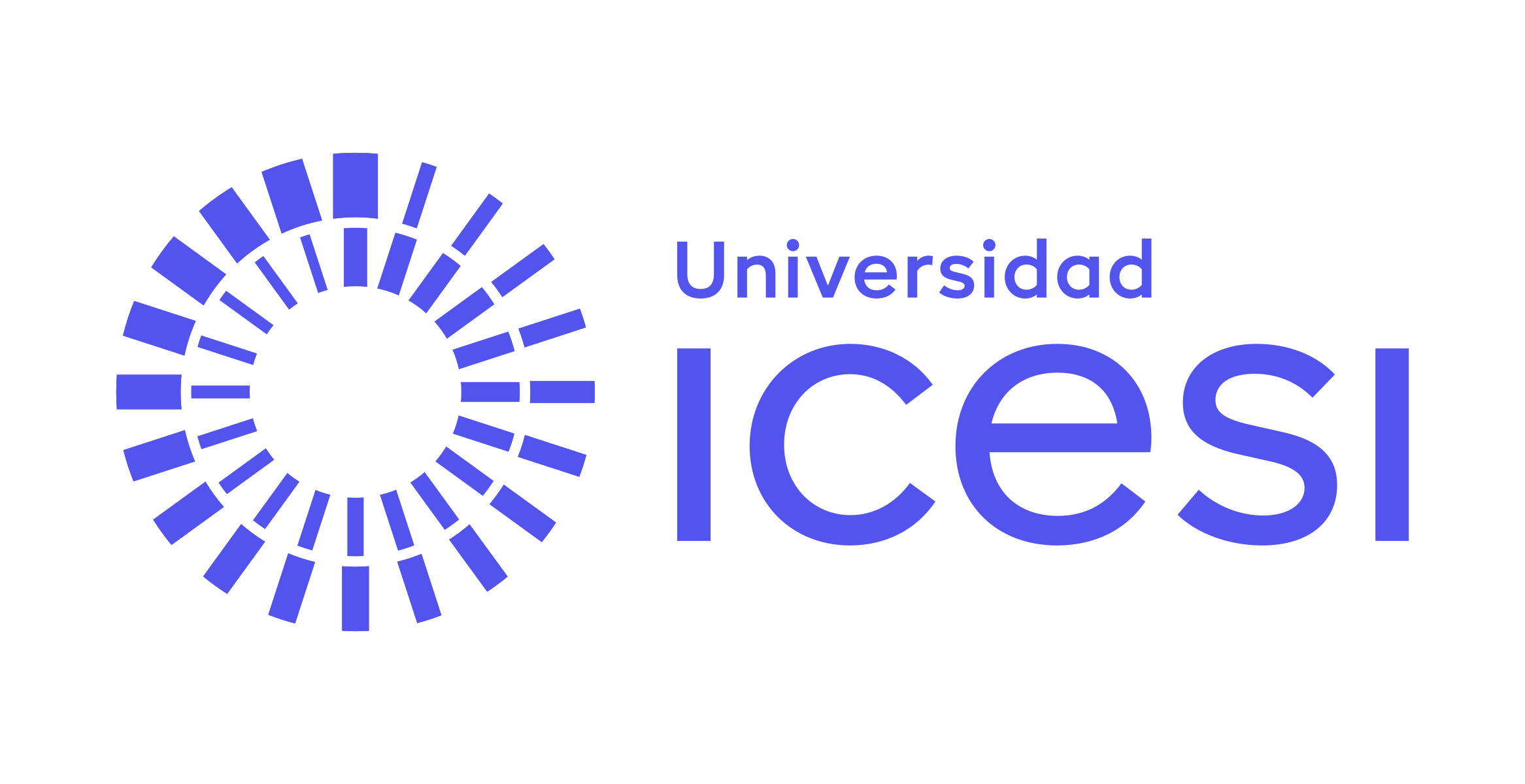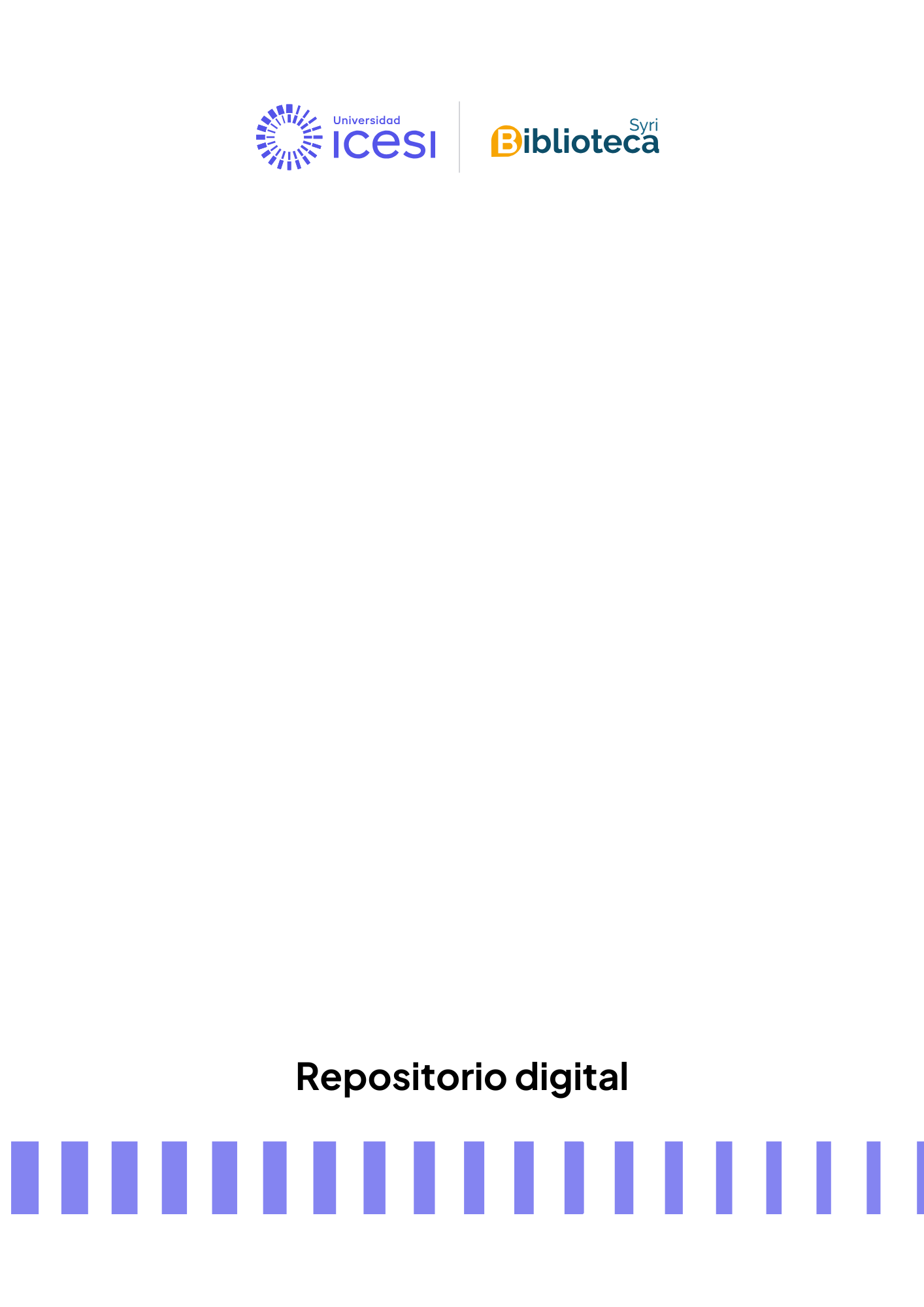Sistemas y Telemática Vol.13 No. 35
URI permanente para esta colecciónhttp://hdl.handle.net/10906/81483
Examinar
Envíos recientes
Ítem Autómatas celulares: mejoras de control e inmunidad en la simulación de fenómenos propagativos(2015-10-01) Serna Ramírez, Juan Manuel; Delvalle Arroyo, Pablo Emilio; Fory Aguirre, Carlos Andrés; Ramírez, Juan Manuel SernaTwo-dimensional cellular automata are a powerful tool for the simulation of complex discrete systems. They are useful in the treatment of propagative phenomena such as epidemics or fires. This paper proposes a series of theoretical, functional, and applicable improvements to the study published in 2009 by Hoya, Martin del Rio, and Rodríguez; it is specifically aimed at controlling the spread patterns in cellular automata with homogeneous resizable lattices, allowing the simulation of immune cell assemblies that act as barriers in the environments studied. As retardant agent, the Susceptible-Infected-Recovered [SIR] epidemiological model of influenza type A was used. The work was developed using MATLAB®, resulting in a collection of more realistic and versatile simulations that seems to fi, in a more accurate way, the observations made on known patterns of influenza.Ítem SafeCandy: System for security, analysis and validation in Android(2015-10-01) Gómez, Johan; Cadavid, Andrés Navarro; Navarro Cadavid, Andrés; Londoño, Sebastián; Urcuqui, Christian Camilo; Fuentes Amaya, ManuelAndroid is an operating system which currently has over one billion active users for all their mobile devices, a market impact that is influencing an increase in the amount of information that can be obtained from different users, facts that have motivated the development of malicious software by cybercriminals. To solve the problems caused by malware, Android implements a different architecture and security controls, such as a unique user ID (UID) for each application, while an API permits its distribution platform, Google Play applications. It has been shown that there are ways to violate that protection, so the developer community has been developing alternatives aimed at improving the level of safety. This paper presents: the latest information on the various trends and security solutions for Android, and SafeCandy, an app proposed as a new system for analysis, validation and configuration of Android applications that implements static and dynamic analysis with improved ASEF. Finally, a study is included to evaluate the effectiveness in threat detection of different malware antivirus software for Android.Ítem Modelo de inferencia para clasificación dinámica de monografías a nivel universitario(Universidad Icesi, 2015-10-01) Velandia, Julio Barón; Barón Velandia, Julio; Pinilla García., Germán AlejandroThe inappropriate visibility of degree documents in monograph mode prevents new members of the academic community from querying and accessing them, significantly limiting the possibility of giving continuity and complementing versions of already completed work, such as applying the results both industrial and socially. This article proposes a knowledge base model supported on ontology to improve the relevance of documents in the digital level as a result of a search on specific interest aspects. To produce new knowledge, predicate logic is used and applied to the ontological model of the representation of monographs, in order to establish dynamic and reliable inferences or to make changes in situations where required.Ítem Best practices for requirements identification, specification, and validation to guide software implementation and maintenance processes for applications in an electricity supply company(2015-10-01) Jiménez Sanz, Juan Carlos; Sanz, Juan Carlos Jiménez; López Herrera, Gloria YolandaThe objective of this project is to identify and adapt the best practices for the identification, specification, and validation of requirements that guide the software implementation and maintenance processes in applications of an electric company. We performed this identification through the study and analysis of the actual state of the topic in Colombia, particularly within electric companies and supported by the theoretical examples of requirements engineering. Both the examples and the methodological models identified as best practices —such as RUP, agile development (focused on Scrum), CMMI, use cases and use cases 2.0, PMI —focused on the management of the scope and stakeholders—, and BABOK support the understanding of this topic. The result is a process that collects models to improve the requirements for new developments and for the handling of change requests and incidents/emergencies, obtaining positive evaluations by expert judgement in a pilot experiment.Ítem Tele-operated laboratory for teaching logistics operations(2015-10-01) Correa Valencia, Maritza; Chamorro, Alexander Aragón; Aragón Chamorro, AlexanderThe link between academia, government, and business to improve the development and appropriation of knowledge in certain topics, such as logistics, is being promoted in Colombia. One of the key issues of teaching logistics is try to bring to actual work contexts, problems that can be handled by people who do not have experience. The incorporation of Information and Communications Technologies (ICT) in academic environments supports the training of professionals in different fields. The tele-operated laboratory for logistics operations called Internet2 way [TELEOPLOGIS] is a project focused on the development and implementation of a remote laboratory where an integrated and didactic manufacturing cell, some robot manipulators, and specific pieces of software are used for the teaching of logistics operations. This laboratory includes the development of guidelines and academic workshops with two approaches: teleoperation systems for discrete events, and manufacturing cells that transform the cell nodes into elements of logistics operations. We achieved acceptable results in both remote operations and in practices that currently are in progress.Ítem A guide to best practices for the transition from ipv4 to ipv6(Universidad Icesi., 2015-10-01) Roa G., Mario AlejandroEste artículo presenta una propuesta de guía de buenas prácticas para asistir a las áreas de Tecnología de la In-formación [TI] en los procesos de planeación e implementación de la transición de sus servicios de infraestructura y tecnología hacia el protocolo IPv6. Se realizó un análisis de referencias para la identificación del problema y un exhaustivo estudio del estado del arte, particularmente se puntualizó en el estado actual del avance en la migración hacia IPv6 y su implementación a nivel global, en el estado actual de la tecnología en las regiones donde este protocolo es un factor clave y en el proceso que esas regiones han desarrollado para la materialización de la transición. Tam-bién se presentan los resultados del análisis de los métodos lleva-dos a cabo por los gobiernos para materializar dicha transición, la identificación de cómo los procesos del modelo de buenas prácticas para TI de ITIL® pueden soportar esta transición y los mecanismos existentes de transición tecnológica de IPv4 a IPv6 bajo dos escenarios: con y sin coexistencia de ambos protocolos.

